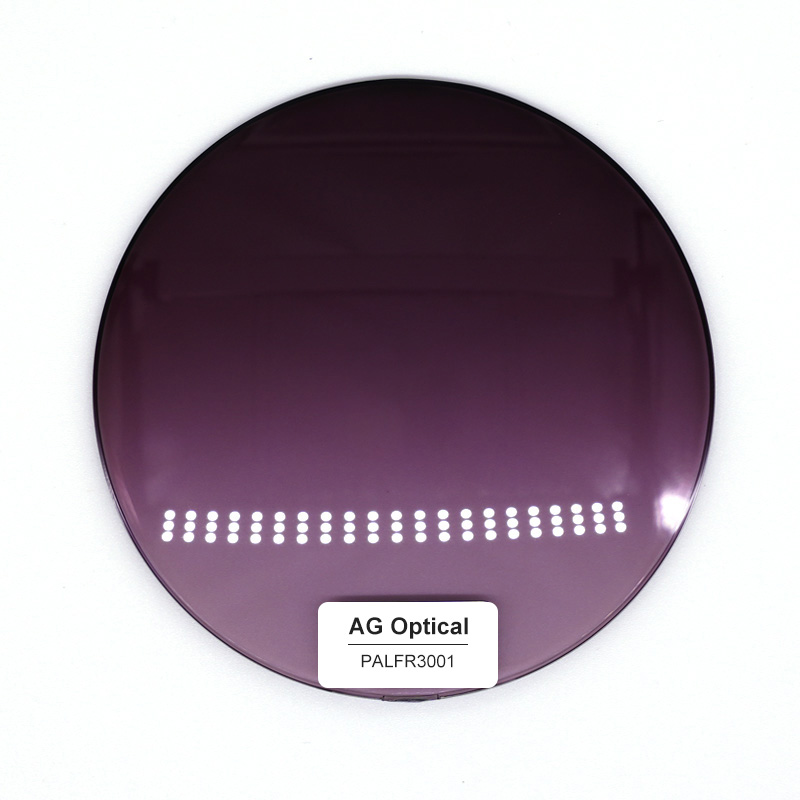What type of sunglasses lenses are best?
Sunglasses are an essential accessory for anyone who spends a lot of time outdoors. They not only protect your eyes from harmful ultraviolet (UV) radiation but also enhance your vision by reducing glare and improving contrast. When it comes to choosing the best sunglasses lenses, there are several factors to consider, including the lens tint, material, and polarization. In this article, we will explore the different types of sunglasses lenses and their benefits to help you choose the best pair of sunglasses for your needs.
Lens Tint
Lens tint is one of the most important factors to consider when choosing sunglasses. The tint of the lens determines the amount of light that passes through the lens and affects how you perceive colors. Some of the most common lens tints include:
Gray: Gray lenses are the most popular lens tint because they provide the most natural color perception. They are ideal for bright sunlight and outdoor activities such as driving, golfing, and fishing.

Brown: Brown lenses enhance contrast and are ideal for partly cloudy to sunny conditions. They are often used for outdoor activities such as hiking, skiing, and snowboarding.
Green: Green lenses are similar to gray lenses but provide better contrast and depth perception. They are ideal for outdoor activities such as golfing, fishing, and cycling.
Yellow: Yellow lenses improve contrast in low-light conditions and are often used for outdoor activities such as skiing, snowboarding, and shooting.
Material
The material of the lens is another important factor to consider when choosing sunglasses. The two most common materials used in sunglasses lenses are glass and plastic.
Glass lenses are highly durable and scratch-resistant, but they are also heavier and more expensive than plastic lenses. They provide the best clarity and optical quality, making them ideal for activities that require high visual acuity, such as driving and aviation.
Plastic lenses are lighter and more affordable than glass lenses but are also more prone to scratching. They are ideal for casual wear and are often used for sports and outdoor activities.
Polarization
Polarization is a technology that reduces glare by blocking reflected light. Polarized sunglasses are ideal for activities such as fishing, boating, and skiing, where glare can be a significant problem. They are also useful for driving, as they reduce glare from the road and other vehicles.
Polarized lenses are available in both glass and plastic materials and are often combined with other technologies, such as anti-reflective coatings, to enhance the visual experience.
Other Considerations
In addition to the lens tint, material, and polarization, other factors to consider when choosing sunglasses lenses include:
UV protection: Look for sunglasses that provide 100% protection against both UVA and UVB radiation. Exposure to UV radiation can cause cataracts, macular degeneration, and other eye conditions.
Fit: Sunglasses should fit comfortably and securely on your face. Look for sunglasses with adjustable nose pads and temple tips to ensure a customized fit.
Lens shape: The shape of the lens can affect how much light enters your eyes and how well the sunglasses protect your eyes from the sun. Wraparound lenses provide the most coverage, while aviator-style lenses provide less coverage but are more fashionable.
Cost: Sunglasses with high-quality lenses can be expensive, but they are a worthwhile investment in your eye health and visual comfort. Look for sunglasses that provide the features you need at a price you can afford.
Conclusion
In conclusion, choosing the best sunglasses lenses involves considering several factors, including the lens tint, material, and polarization. The lens tint should be appropriate for your activities and the lighting conditions you will encounter. The material should be durable and scratch-resistant, and the polarization should reduce glare. Other factors to consider include UV protection, fit, lens shape, and cost. By considering all of these factors, you can choose the best sunglasses lenses for your needs and enjoy comfortable, clear vision in all of your outdoor activities.
